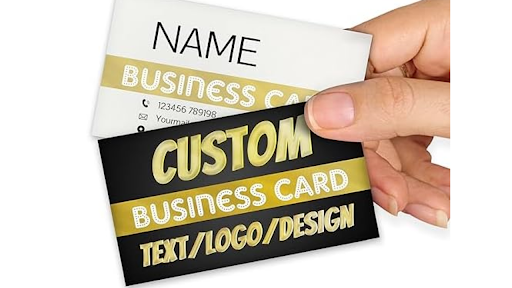Everything You Need To Know About Bearing Bronze
Many industrial applications use bronze which makes it an important material. You can buy different types of bronze. Each type comes with its own unique values and features. This diversification can make it difficult to choose the right type of bronze for a given application. Do a little research to learn about different types of bronze. In this article, you will learn about bearing bronze. You will learn about the mechanical, chemical, and physical properties of this copper alloy.
Bearing Bronze Physical Properties
Here is composition of bearing bronze:
- max 0.005% Silicon
- max 0.005% Aluminum
- max 0.08% Sulfur
- max 0.2% Iron
- max 0.35% Antimony
- max 1.00% Nickel
- 1.5% Phosphorus
- 2-4 % Zinc
- 6.3-7.5 % Tin
- 6-8% Lead
- 81-85 % Copper
Bearing bronze consists of many elements. This is the reason why it has many variations. Bearing bronze has a density of 8.93 g/cm3. This material with copper-gold color does not respond to heat treatment. Soldering is the best way to join it. However, you can also braze it. Welding is not recommended. The electrical conductivity of this non-magnetic material is 20% greater than the electrical conductivity of standard IACS copper. Light-duty applications use it as a general-purpose bronze.
Weaknesses and Resistances
Like most other variations of bronze, bearing bronze also resists seawater corrosion. This makes it suitable for submerged and marine applications such as cylinders and pumps. It shows resistance against wear. As a result, you need to lubricate it less often. This material self-lubricates. It is strong, ductile and machinable. However, some other alloys are stronger than bearing bronze. You can easily shape this basic, light-duty alloy.
Mechanical Properties
| Machinability | 70-80% |
| Hardness (Brinell) | 65 |
| Fatigue Strength | 16000 psi |
| Modulus of Elasticity | 14500 ksi |
| Tensile yield strength | 18100 psi |
The lower yield strength of bearing bronze shows that this material is not often specified for strength. Stress in medium-to-heavy duty applications can deform this material. It is suitable for lighter-duty applications. As compared to other bronzes, bearing bronze has a lower elastic modulus. This is the reason why bearing bronze has excellent machinability. Its response to cyclic loading is great. It remains strong when subjected to repetitive, similar forces. Despite having a low yield strength, it has good fatigue strength.
Bearing bronze is “softer”. It gets scratched easily as compared to copper. Bearing bronze is easily machinable. Some materials are too hard or too brittle. Therefore, these materials are not good at dealing with drilling, turning, milling and other tooling stresses.
Bearing Bronze Applications
Bearing bronze is not one of the strongest materials. However, it is still a widely used copper alloy. It already has many uses in various industries. Work is in progress to further develop this material so that it can support more applications.
The most common applications of bronze bearing include:
- Washers
- Impellers
- Bearings and bushings
- Plates
- Machine tool bearings and more.
Before you buy bearing bronze or any other material, make sure that it supports the given application.






